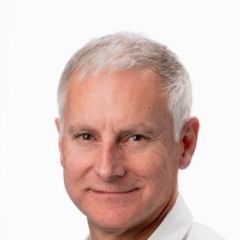Davis Group: T-cell Biology
- Investigative Medicine Division
- MRC Translational Immune Discovery Unit
- MRC Weatherall Institute of Molecular Medicine
Founded in the (old) NDM January 1995
The (then unamed) KS model published 1996
Relocated to the MRC WIMM 2004
Structure of an agonistic antibody 2005
Close-contacts observed 2009
A treatment for colitis? 2017
We are interested in how lymphocytes decide to mount immune responses against, for example, tumours. This involves trying to understanding how leukocyte receptors, such as the T-cell receptor and immune checkpoints, are triggered.

Our focus has been on the cell biology of the T-cell surface. We developed general methods for crystallizing glycoproteins and determined the structures of key T-cell surface proteins including the first adhesion protein, CD2, and its ligand CD58, the costimulatory receptor CD28 and its ligand CD80, and the large tyrosine phosphatase CD45. We also worked out how weak, specific recognition is achieved by these types of proteins and obtained the first insights into the likely overall composition of the T-cell surface. We also made a significant contribution to a controversy concering the stoichiometric behaviour of G protein-coupled receptors. Most importantly we proposed, with Anton van der Merwe, one of the most complete and best-supported explanations for leukocyte receptor triggering, called the 'kinetic-segregation' (KS) model. We are using the KS model as the basis for developing novel treatments for autoimmunity, with Richard Cornall. Our work is funded principally by The Wellcome Trust, but also by the UK Medical Research Council. Please see http://davislab-oxford.org/ for more details.





